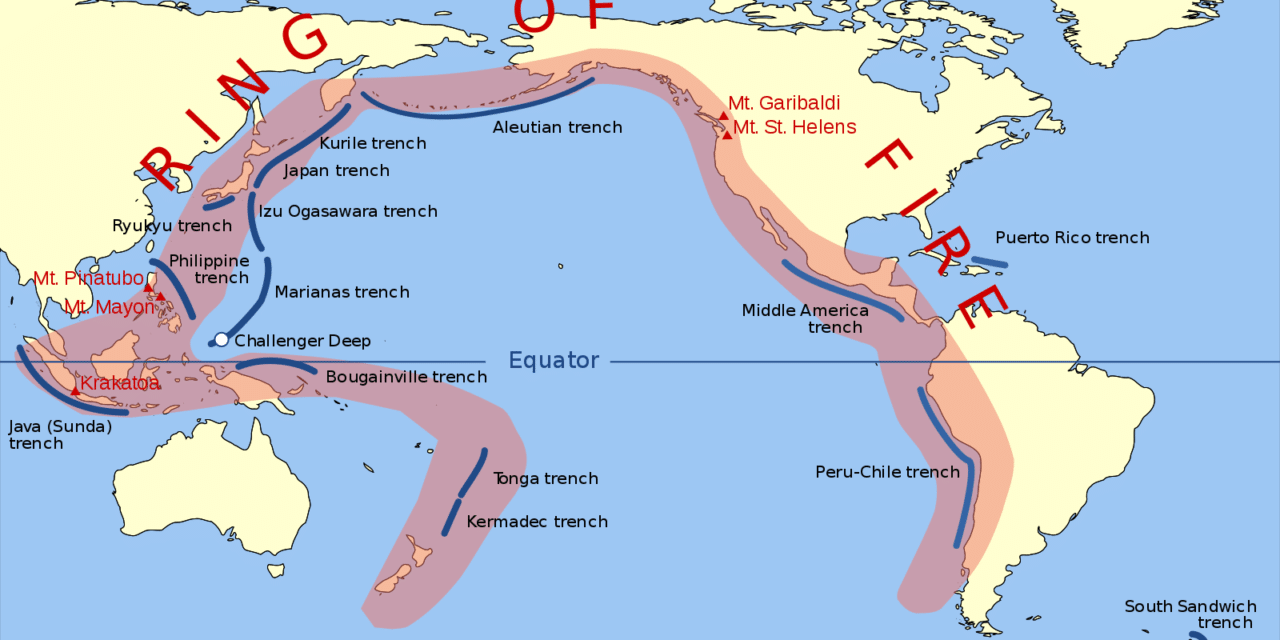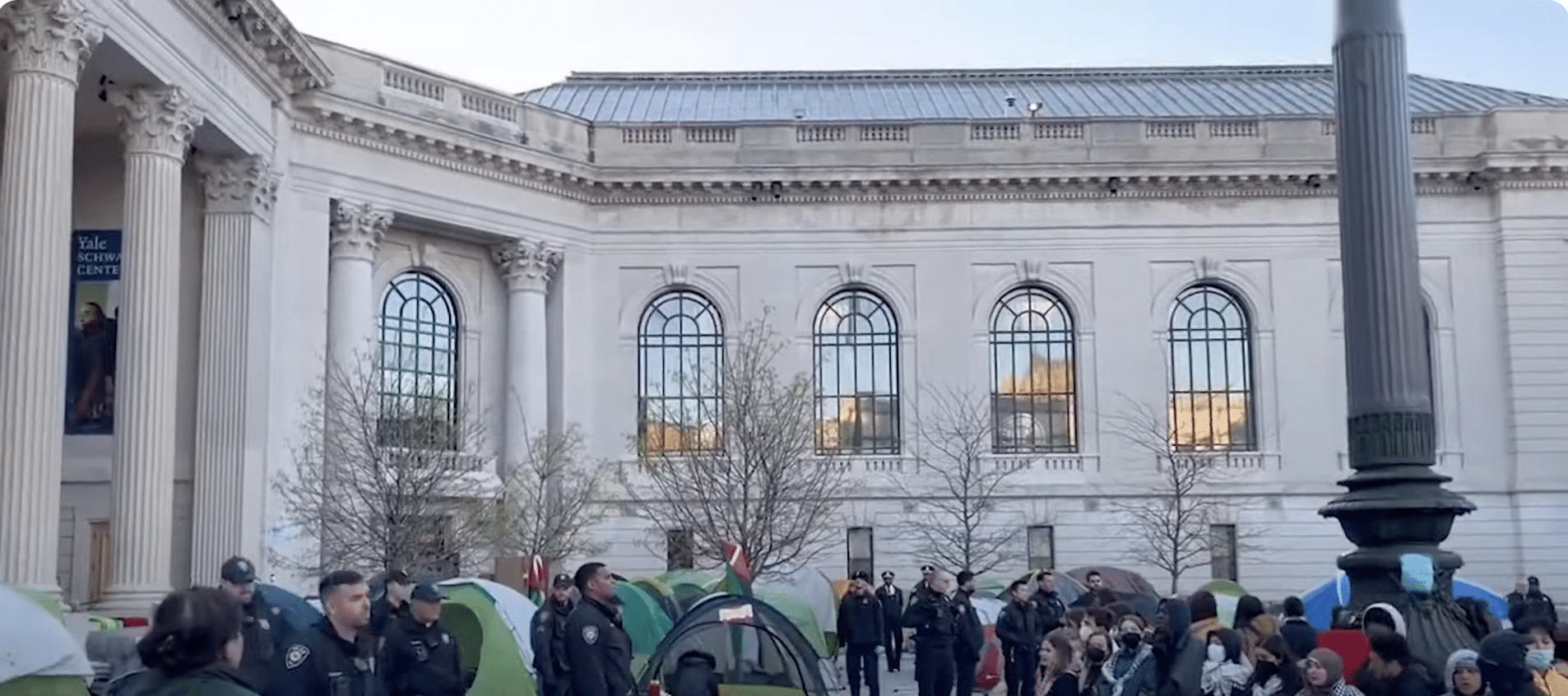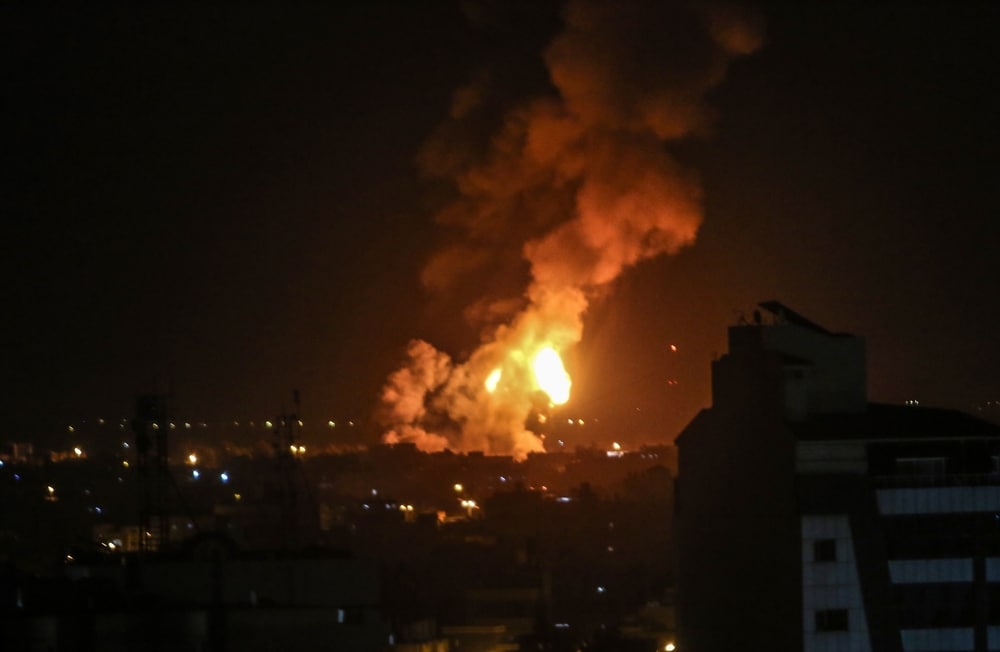(OPINION) Why are so many earthquake swarms suddenly happening all along the Ring of Fire? For those that don’t know, the Ring of Fire is a series of fault zones that run roughly along the perimeter of the Pacific Ocean.
75 percent of the Earth’s active volcanoes are located within the Ring of Fire, and it accounts for more than 80 percent of all global earthquakes. So the fact that the Ring of Fire is starting to become so active should definitely trouble us all. As I write this, we are less than three weeks away from 2022.
And as I have expressed on numerous occasions, I have such a bad feeling about 2022. So many pieces of the puzzle are starting to come together, and that includes an alarming rise in seismic activity. Let me start by discussing what just happened in Oregon.
Starting last Tuesday and continuing through Wednesday, we witnessed a very strange swarm of earthquakes along the Blanco Fault Zone… Nearly 250 miles west of Newport, Oregon, a place called the Blanco Fracture Zone has produced more than 60 earthquakes in 36 hours.
“About 20 of them, oh, we just had another one just now, about 21 of them are over magnitude 4.7,” said Chris Goldfinger of Oregon State University. The biggest quake in that swarm was a magnitude 5.8, and it had many wondering whether the nearby Cascadia Subduction Zone could be affected.
Needless to say, a major quake along the Cascadia Subduction Zone would be a really big deal, because it could potentially send a giant tsunami slamming into the west coast… Meanwhile, the Oregon Office of Emergency has warned if a powerful 9.0+ magnitude earthquake originates from the Cascadia Subduction Zone, it could unleash a “tsunami of up to 100 feet in height that will impact the coastal area.”
The state agency adds, “Currently, scientists are predicting that there is about a 37 percent chance that a megathrust earthquake of 7.1+ magnitude in this fault zone will occur in the next 50 years.” Unfortunately, the odds of such an event happening are much greater than 37 percent.
And one prominent scientist has just discovered that a major quake along the Cascadia Subduction Zone could also potentially trigger a quake along the San Andreas fault… The two faults meet in an area known as the Mendocino Triple Junction.
Now, Goldfinger has found evidence that a quake on one could trigger a quake on the other, in essence making for one giant seismic event that would span the entire west coast of the U.S. The new results stem from the analysis of sediment cores from the Mendocino Triple Junction area.
Those cores, pulled from canyons on the ocean floor, show evidence of earthquakes in the form of underwater landslides. Using carbon dating, Goldfinger found that nearly a dozen earthquakes occurred throughout history on both faults at the same time. Let us hope that something like that doesn’t happen any time soon.
Getting back to current events, another disturbing swarm of earthquakes just hit the Rat Islands along the southern coast of Alaska… The Rat Islands are part of the Aleutian Islands, a chain of volcanic islands, that results from the subduction of the Pacific Plate beneath the North American Plate.
This plate boundary, the Alaska-Aleutian megathrust, has been the location of many megathrust earthquakes. The latest occurred on February 4, 1965. Today, more than 15 earthquakes have rattled the same area. Of course, the entire southern coast of Alaska is included in the Ring of Fire, and at this point, the seismic activity up north has become so frequent that it never seems to stop. READ MORE

















